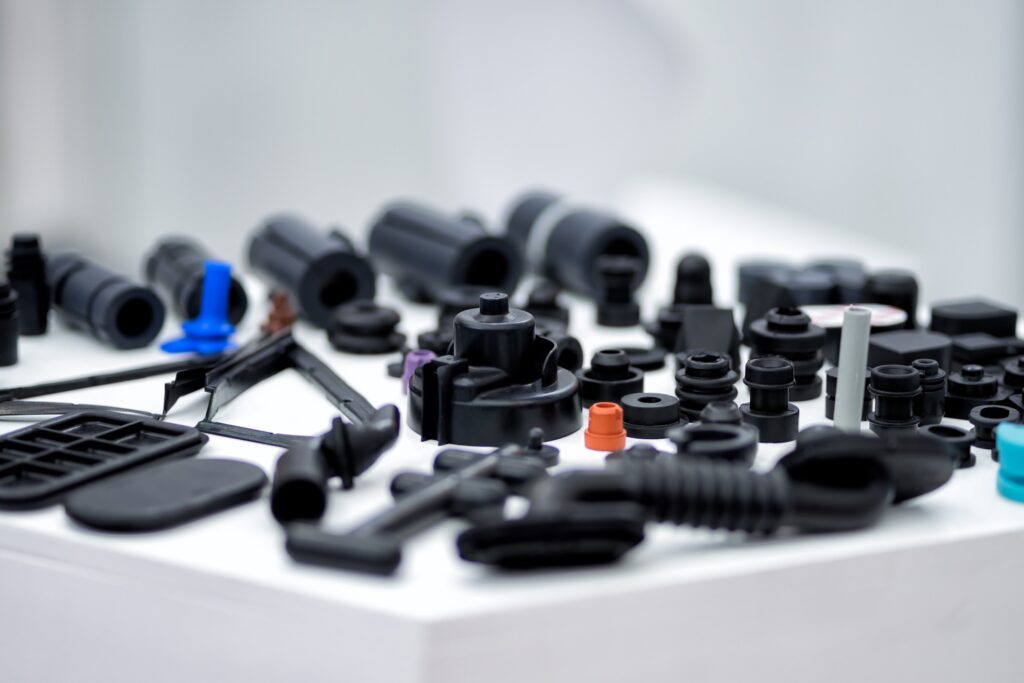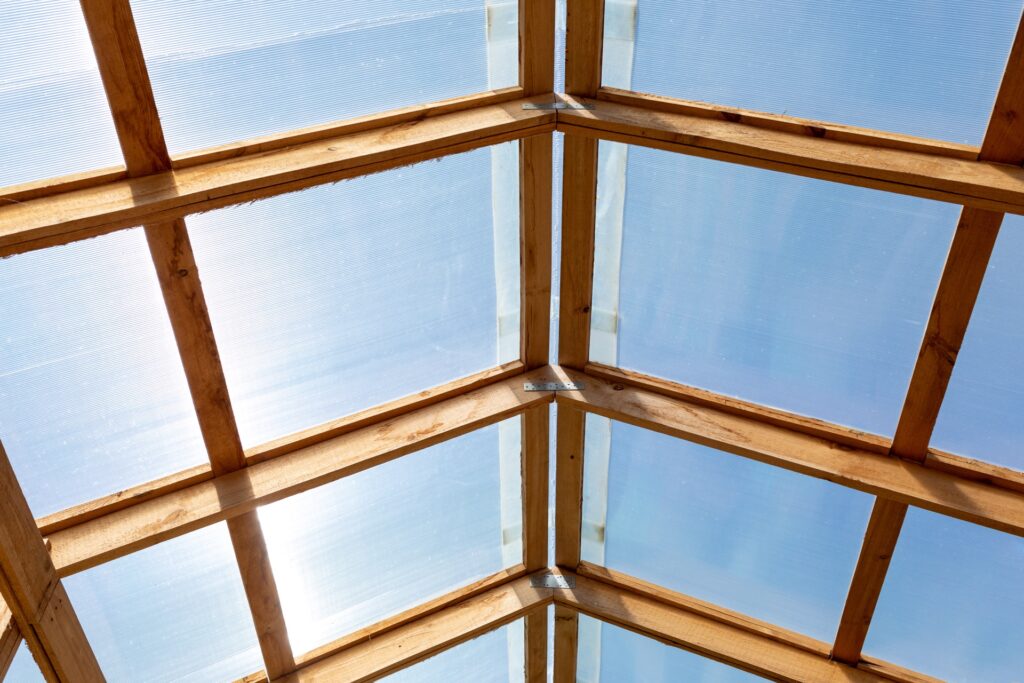Many different kinds of plastic exist, but few are as widely known and used as polycarbonates. Used in a wide variety of items today, there’s a very good chance that they’re used somewhere in your home or office in a variety of applications. But what is polycarbonate plastic and why is it used just about everywhere? Below we break down just that.
What Is Polycarbonate Plastic?
Polycarbonate plastic is a kind of thermoplastic that’s naturally transparent and amorphous. It can easily be made to have a wide variety of colours, but the material itself actually allows for the internal transmission of light nearly in the same capacity as glass.
Due to its makeup, this kind of plastic is also widely known for its impact resistance. In fact, some grades of polycarbonate are actually used in bulletproof plating and bulletproof glass.
Another benefit is that it’s similar to aluminum sheet metal in that it’s very pliable. It can typically be formed at room temperature without cracking or breaking.
Why Are Polycarbonates Used so Often?
Both the previously mentioned benefits of pliability, transparency, and impact resistance are some of the main draws of using polycarbonate plastic. On top of all this, it’s also a lighter alternative to glass and a natural UV filter, so it is often used in eyewear, especially glasses.
It can also be found in a wide range of applications, including automotive components, electronic components, medical devices, construction materials, and consumer products like eyeglasses, water bottles, and food containers due to its durability.
You’ll also find it in greenhouses, skylights, and other architectural applications because of its transparency and durability.
As a thermoplastic, it’s also highly resistant to a broad range of temperatures, even those in the extreme. Due to its durability, polycarbonate plastic is often used when a material is needed that can handle exposure to outdoor elements as well.
What Are Some of the Drawbacks of Polycarbonate Plastic?
While polycarbonate plastic is a highly useful material, it’s by no means perfect for every use case. One of the main drawbacks is that it’s highly susceptible to scratches so any case where it’s used in replacement of glass means that it will typically have another layer of scratch protection if transparency is important.
While the material has a fair level of chemical resistance, it can still be damaged by many organic solvents. Even products like cleaning solutions can damage the material if they’re too abrasive.
Overall, polycarbonate plastic is immensely useful and can be found in a multitude of applications around the world.

